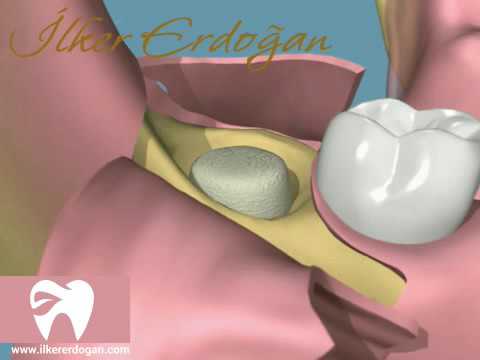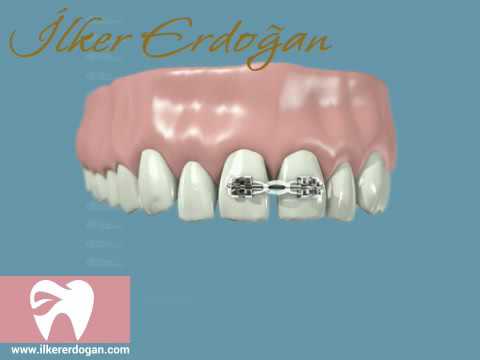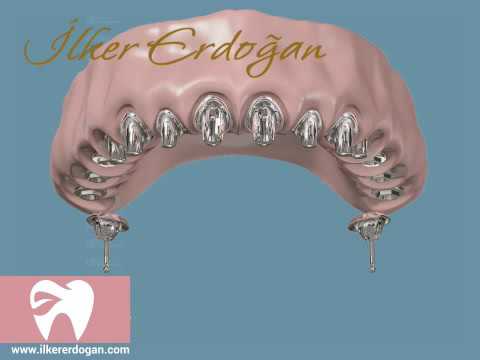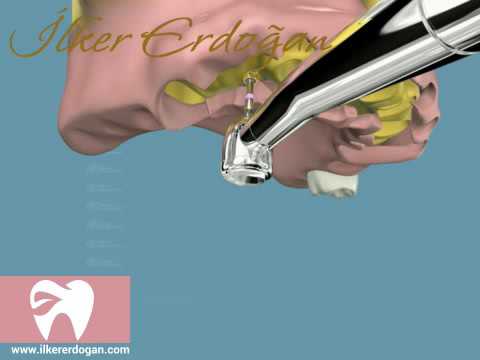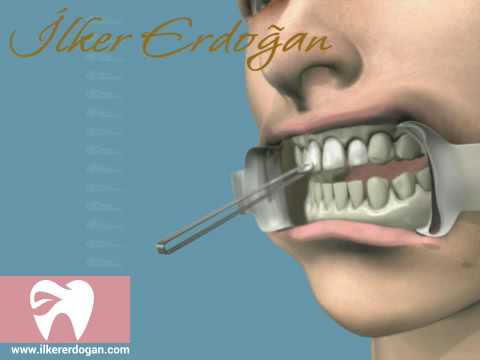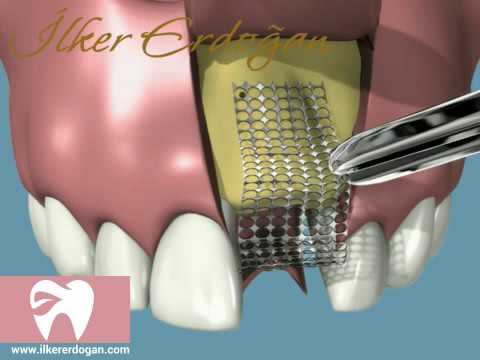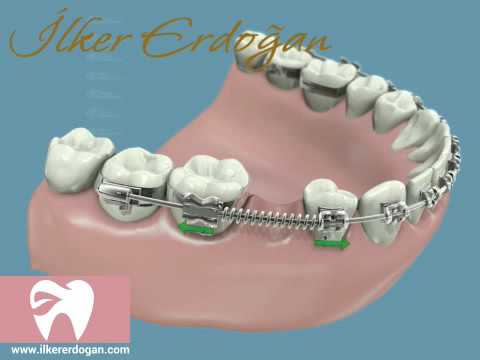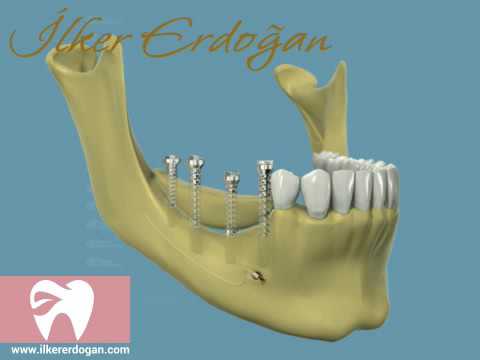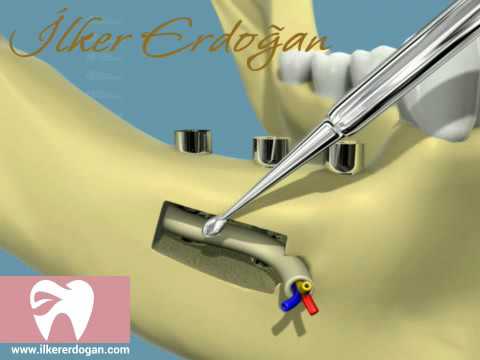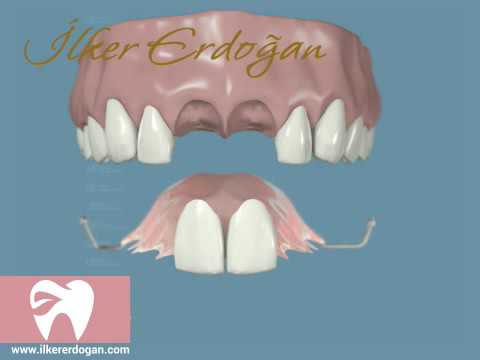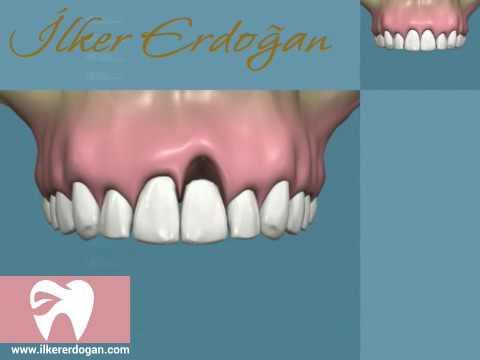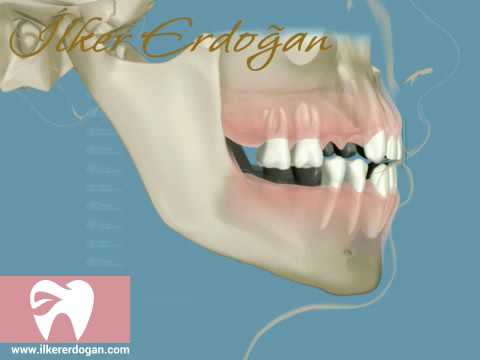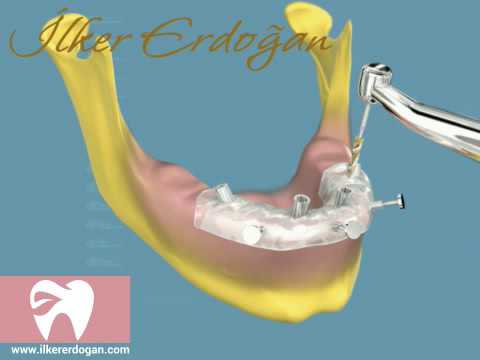Laminae is a very fine porcelain that is usually applied to the front teeth. The porcelain, whose physical structures were strengthened, was thus made very thin. With a conservative approach, dentistry has brought restorative procedures to the fore that will require less tissue loss. Porcelain laminates are procedures applied on the tooth without requiring little or no preparation. Due to the good color permeability of porcelain laminates, which are adhered with special adhesives, very excellent results are obtained from an aesthetic point of view. In this way it is included in the commonly used restorative options. Very fine laminae, which are produced by using highly sensitive techniques, fit very well with the teeth and surrounding tissues.
The laminae are prepared with little intervention to the teeth. In some cases, only the size of the tooth is taken and porcelain is prepared in the dental laboratory without the need for intervention. The thickness of the finished lamina tooth is approximately 0.5 to 0.7 mm. Since teeth are only prepared on the front surfaces, conservative treatments are included in it. Due to its light conductivity, the prosthesis has the same reaction as natural teeth. In order to give aesthetic form to the mouth of the patients, the time spent has been shortened. Here, the process is not done for the reduction of the tooth, is considered to be quite advantageous.
What are the advantages of porcelain laminates?
Porcelain laminates are one of the biggest advantages of having less intervention on teeth. This causes patients to relax by shortening the Working Time. In addition, it is seen as a more conservative treatment in teeth due to the fact that there is minimal intervention. Another advantage is that it is close to natural teeth due to its light permeability. So it becomes easier to get a natural look. There are also colour options. It is a perfect fit where the teeth and gums converge. The reflection at the edge of the gum, which occurs in porcelain bridges with Metal backing, does not occur in lamina porcelain. In addition, metal rehearsal, Polish, zirconium, infrastructure rehearsal, such as separate sessions, the total treatment time is a shorter application. The rehearsal of Lamina porcelain is done in polished form. Since these are made in porcelain ovens with high lacquer grade, they are resistant to wear. At the same time, it is not affected by substances such as tea, coffee, and cigarettes, and it does not form a tooth stone.
What are the disadvantages of porcelain laminates?
Porcelain laminae require very precise work from the preparation of the teeth to the measurement stage. After this stage, sensitivity is also in the foreground in laboratory operations. This is because the thickness of the prosthesis is approximately 0.5 mm. It is also a phase that requires precision to be adhered to them through bonding, which gives them high strength. It is a costly practice compared to other treatment methods. If the porcelain leaflets that are rarely formed are separated from the tooth, the laminas are re-bonded through bonding.
How are porcelain laminates made?
Some preparations should be made prior to treatment. A smile design that will be most suitable for patients is made. Here, first of all, the gums must be healthy. Because aesthetic expectations are high in the process to be performed, treatments such as tooth stone cleaning, curettage should be applied before. In addition, if there is a deformity in the gum, it is necessary to correct it. In the beginning, oral measurement is necessary to store the first form of teeth and to perform the necessary preliminary studies. If the tooth is found behind the normal, there is no need to erode if necessary. If necessary, local anesthesia is applied and the teeth are numbed and only a very thin layer on the front faces of the teeth is removed and steps are created. Then the actual measurement is taken to prepare the porcelain laminae. These procedures are performed in the mouth of the patient. It is finished in a shorter time than other treatments.
Laboratory operations: after the procedures done, a sensitive work must be done in the laboratory. Laminae are prepared from porcelain reinforced by Cad-cam or classical methods. Lamina porcelain is ready in 5-6 days. This may vary depending on the construction technique and the difficulty stage of the event. Then the dentures are rehearsed in the mouth. The patient's opinion is taken in rehearsal to compare whether the aesthetic appearance of the patient's mouth meets the expectations by evaluating. If there are places that need to be fixed, they are sent back to the dental technician. The final stage is the bonding of porcelain laminae. At this stage, a delicate work is required. Porcelain leaflets are carefully adhered to the tooth through bonding.
How long is the duration of use of porcelain laminates?
It is very important to use appropriate bonding and porcelain in porcelain laminates and to be made by specialists in terms of their lifetime. After that, a good oral care that patients need to practice can serve people for many years, such as the first day fitted.



